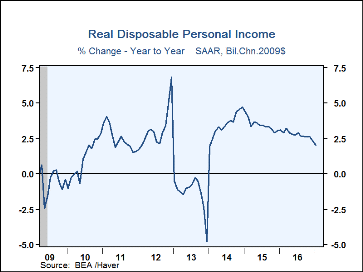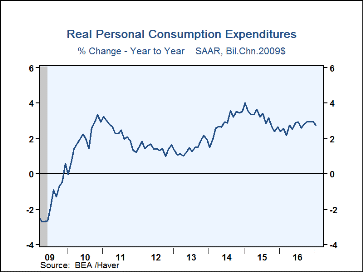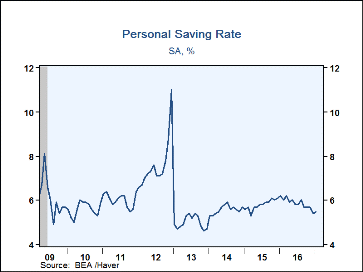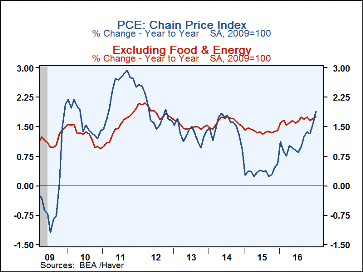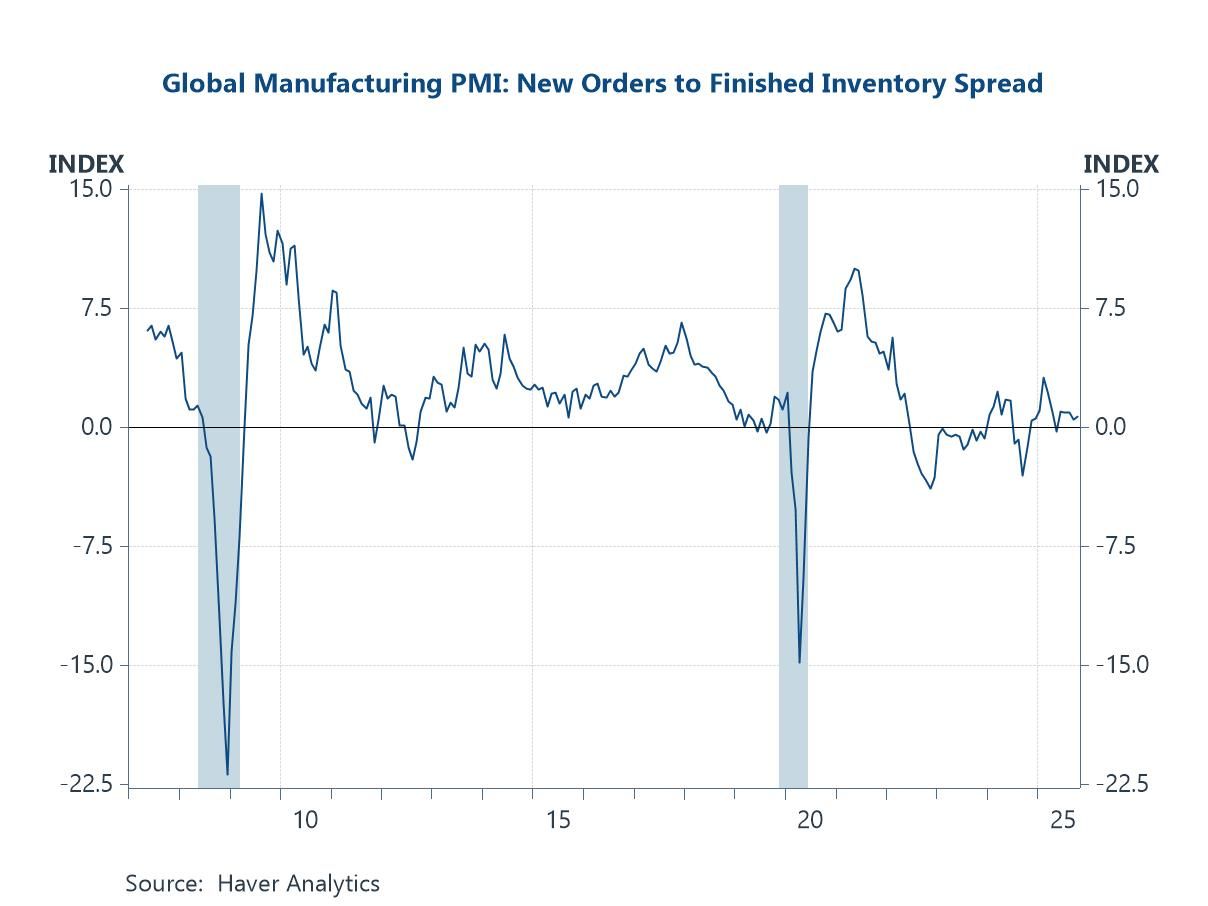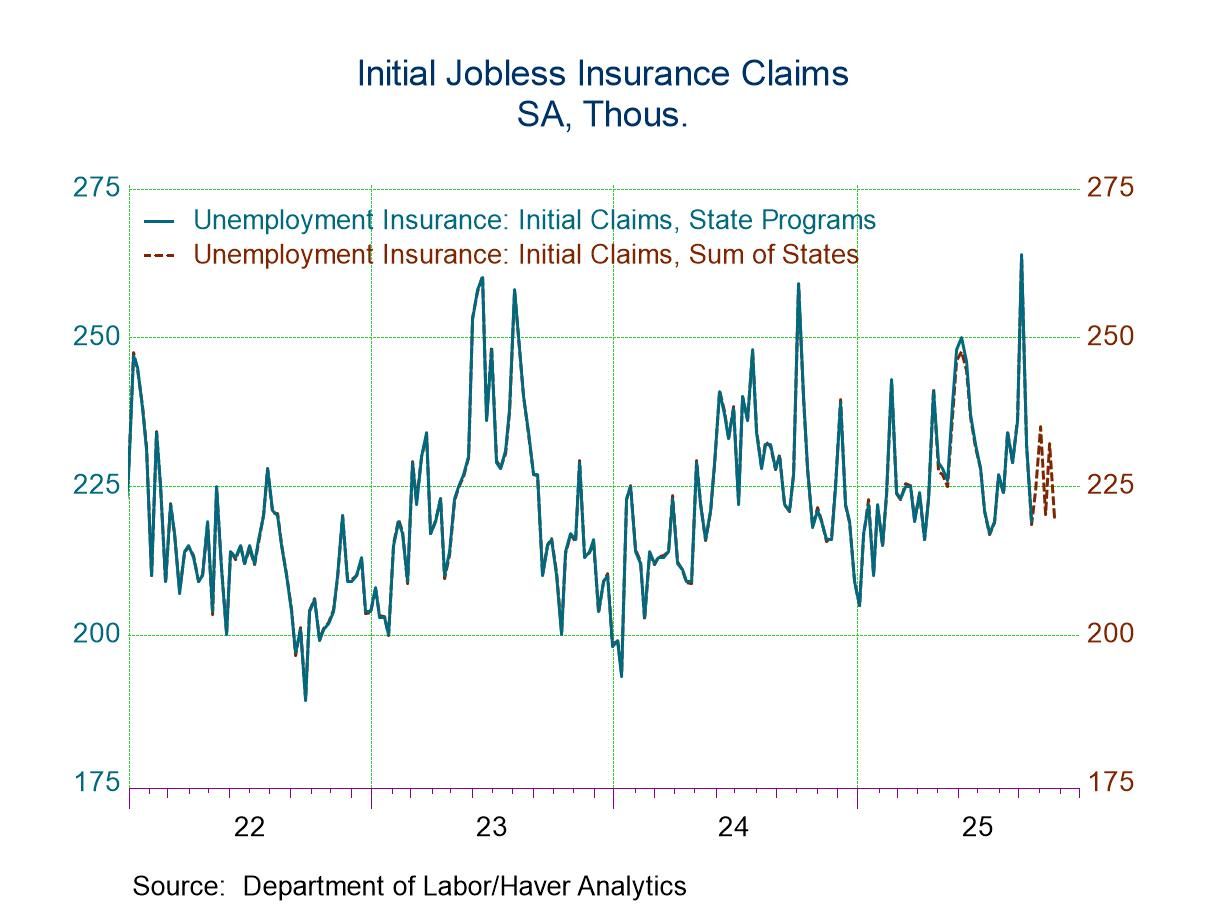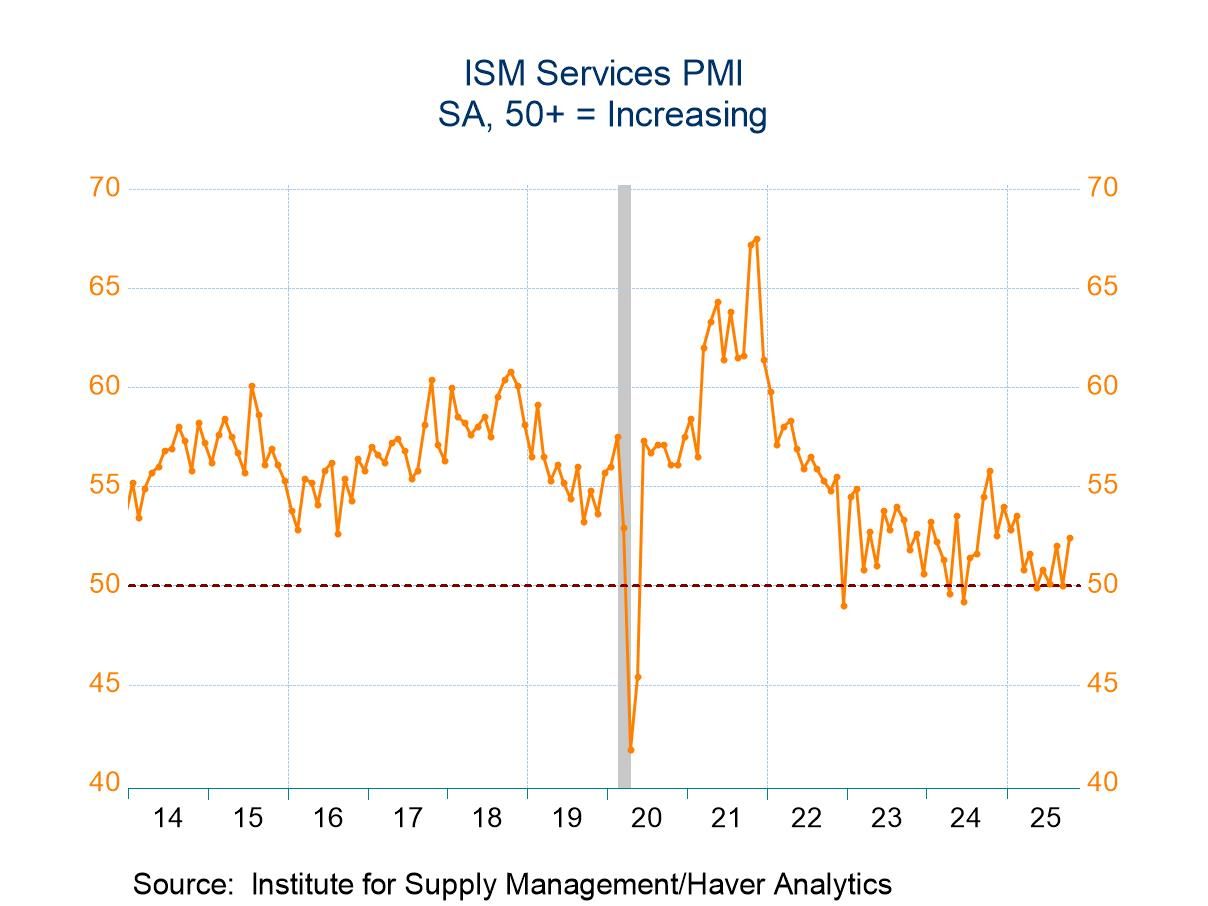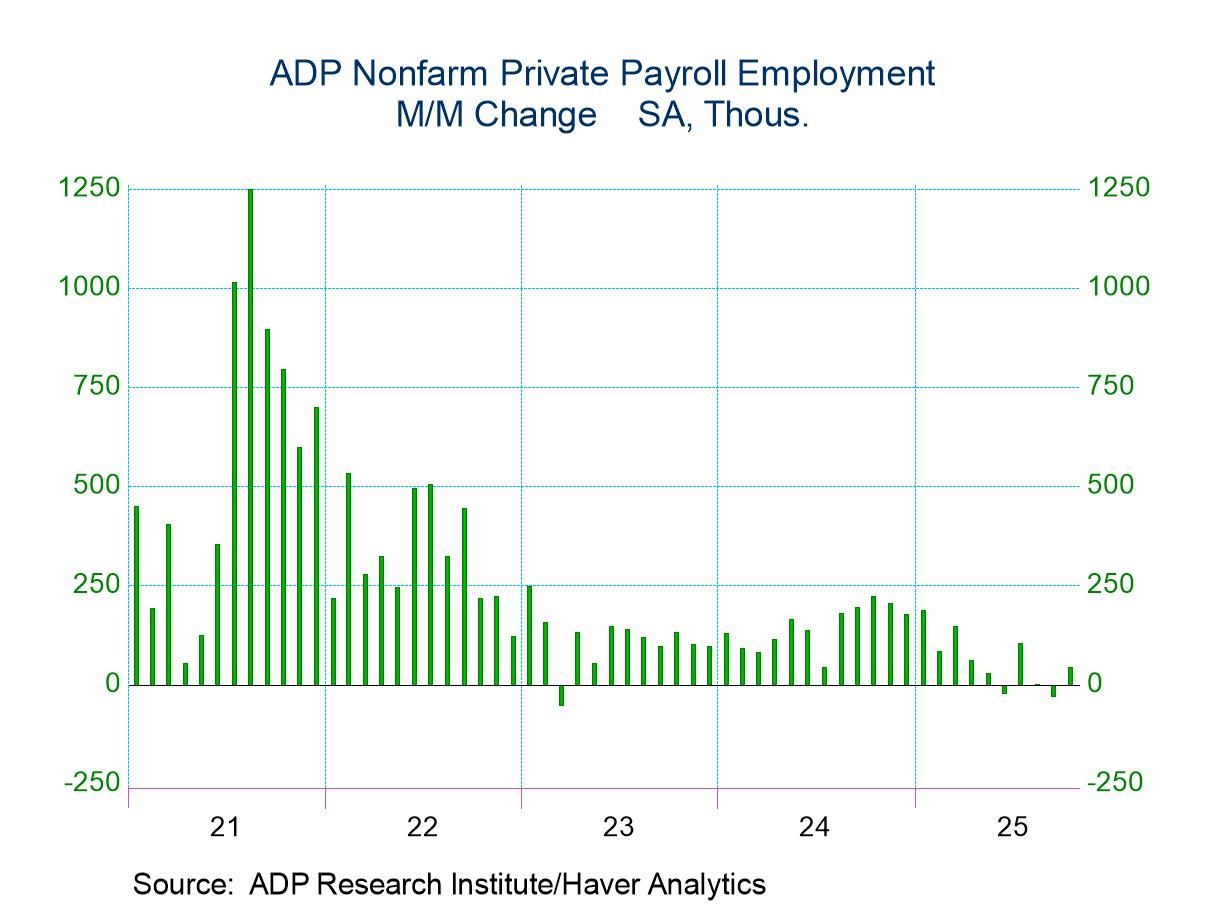 Global| Mar 01 2017
Global| Mar 01 2017U.S. Take-Home Pay & Personal Spending Decline When Adjusted for Inflation
by:Tom Moeller
|in:Economy in Brief
Summary
Disposable personal income, after adjustment for higher prices, fell 0.2% during January following two months of 0.1% increase. It was the first decline since March 2015. The y/y increase fell to 2.0%, and compared to 4.4% y/y growth [...]
Disposable personal income, after adjustment for higher prices, fell 0.2% during January following two months of 0.1% increase. It was the first decline since March 2015. The y/y increase fell to 2.0%, and compared to 4.4% y/y growth in January 2015. Nominal disposable income increased 0.3% last month, the same as during December.
Real personal consumption expenditures declined 0.3% and reversed December's increase. Nominal spending improved 0.3%, the same as in December, as expected by the Action Economics Forecast Survey.
Constant dollar spending by category included a 0.8% decline (+8.8% y/y) in durable goods purchases which followed a 1.8% jump. Motor vehicle purchases fell 2.3% (+9.6% y/y) and reversed half of the prior month's jump. Real furniture & durable household equipment buying fell 0.9% (+5.0% y/y) and recreational goods & vehicles purchases remained unchanged (+11.7% y/y) following four consecutive months of strong increase. Real nondurable goods purchases were little changed (+2.1% y/y). A 0.5% increase (4.7% y/y) in real foods & beverage spending was offset by a 0.6% decline (+0.1% y/y) in apparel purchases. Real spending on gasoline & energy goods was off 2.3% (-4.6% y/y). Constant dollar spending on services eased 0.2% (+2.0% y/y) as spending on housing & utilities fell 1.1% (+0.9% y/y). Real spending on food services & accommodations offset the decline with a 1.0% rise (2.4% y/y).
A 0.4% increase (4.0% y/y) in personal income was the strongest gain in three months. A 0.3% rise had been expected. Wages & salaries also improved 0.4% (4.5% y/y), the same as in December. Rental income increased 1.0% (7.3% y/y), about as it has for four months. Proprietors' income strengthened 0.8% (3.3% y/y) following little change. Receipts on assets remained unchanged (+2.6% y/y) for a second straight month. Personal transfer receipts increased 0.8% (3.7% y/y), the strongest increase in roughly two years. Social security payments jumped 1.0% (3.3% y/y) while Medicaid payments rose 0.2% (6.2% y/y).
The personal savings rate of 5.5% was down versus 6.2% twelve months earlier. The level of personal saving declined 6.8% y/y.
The chain price index strengthened 0.4%, the strongest rise since June 2009. The y/y rise of 1.9% compares to a 2.5% y/y increase in the CPI. Prices excluding food & energy improved 0.3%, the strongest rise since January 2007. The y/y rise of 1.7% compares to a 2.3% y/y gain in the core consumer price index.
The personal income & consumption figures are available in Haver's USECON database with detail in the USNA database. The Action Economics figure is in the AS1REPNA database. Further detail is in USNA.
When Debts Compete, Which Wins? from the Federal Reserve Bank of New York is available here.
| Personal Income & Outlays (%) | Jan | Dec | Nov | Jan Y/Y | 2016 | 2015 | 2014 |
|---|---|---|---|---|---|---|---|
| Personal Income | 0.4 | 0.3 | 0.2 | 4.0 | 3.6 | 4.4 | 5.2 |
| Wages & Salaries | 0.4 | 0.4 | 0.2 | 4.5 | 4.3 | 5.1 | 5.1 |
| Disposable Personal Income | 0.3 | 0.3 | 0.2 | 4.0 | 3.9 | 3.8 | 5.1 |
| Personal Consumption Expenditures | 0.2 | 0.5 | 0.2 | 4.7 | 3.8 | 3.5 | 4.4 |
| Personal Saving Rate | 5.5 | 5.4 | 5.7 | 6.2 (Jan '16) |
5.9 | 5.8 | 5.6 |
| PCE Chain Price Index | 0.4 | 0.2 | 0.1 | 1.9 | 1.1 | 0.3 | 1.5 |
| Less Food & Energy | 0.3 | 0.1 | 0.0 | 1.7 | 1.7 | 1.4 | 1.6 |
| Real Disposable Income | -0.2 | 0.1 | 0.1 | 2.0 | 2.8 | 3.5 | 3.5 |
| Real Personal Consumption Expenditures | -0.3 | 0.3 | 0.2 | 2.8 | 2.7 | 3.2 | 2.9 |
Tom Moeller
AuthorMore in Author Profile »Prior to joining Haver Analytics in 2000, Mr. Moeller worked as the Economist at Chancellor Capital Management from 1985 to 1999. There, he developed comprehensive economic forecasts and interpreted economic data for equity and fixed income portfolio managers. Also at Chancellor, Mr. Moeller worked as an equity analyst and was responsible for researching and rating companies in the economically sensitive automobile and housing industries for investment in Chancellor’s equity portfolio. Prior to joining Chancellor, Mr. Moeller was an Economist at Citibank from 1979 to 1984. He also analyzed pricing behavior in the metals industry for the Council on Wage and Price Stability in Washington, D.C. In 1999, Mr. Moeller received the award for most accurate forecast from the Forecasters' Club of New York. From 1990 to 1992 he was President of the New York Association for Business Economists. Mr. Moeller earned an M.B.A. in Finance from Fordham University, where he graduated in 1987. He holds a Bachelor of Arts in Economics from George Washington University.


